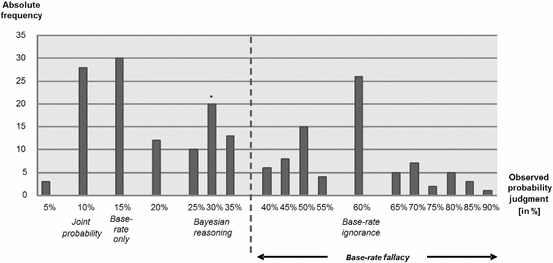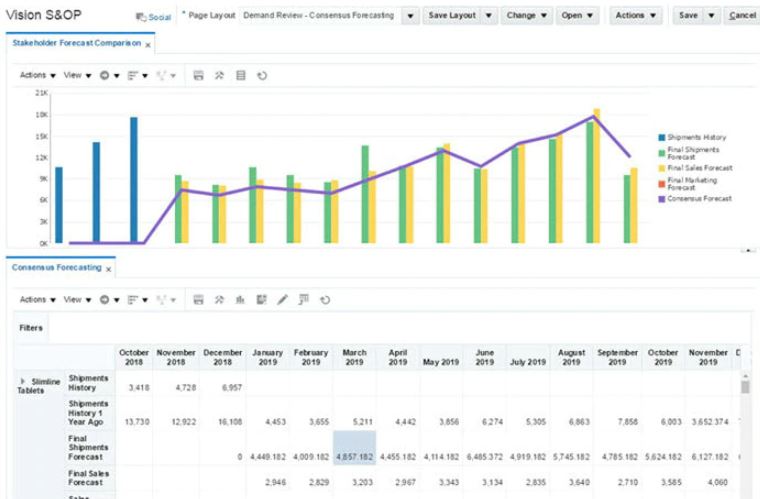Following China Chang’e-4 mission landing on the far side of the Moon, let’s talk about the role of Forecast in business and more specifically in the Supply Chain.
Everyone needs a Forecast. Because living in a hyperconnected world means infinite access to data. In the blink of an eye, trillions of algorithms are translating information into statistics and estimating outcomes.
No matter which is your sector or your expertise. Any enterprise is capable of having a Forecast. Now, the question is: Do you know how to generate it?
During the past century, predicting the future was a tough mission where only fully-dedicated people were able to produce a decent projection.
At the present time, just by using costless technology (R, Excel, Phyton …) almost everyone can create a Forecast from a bunch of time series (data collected in a period of time).
“Just by using costless technology almost everyone can create a Forecast from a bunch of time series”
In the following 3 steps I’ll describe you a path to conquer the hardest parts of creating a Forecast:
First. Use a Baseline Forecast
What does this exactly means in simple english? A definition of Baseline could be “looking to the past and using the same outcome at similar conditions”. Overall, this technique consists into see what’s going to happen in the future based on what happened in the past.
Baselines are really useful in many aspects of life and not only business.
For example, check out Dr. Phil’s explanation on how to create a Baseline in order to catch when somebody is lying to you …
Amazing, right? After all, Baseline are a very reliable tool at the time to predict anything …
In Supply Chain, Demand Planning uses the Baseline which is generated from the Historical Sales of a product. Similarly to the Sargent Major case, the first thing to do is to ‘cleanse’ all the information we believe should not be included into the production of the Baseline.
For a Demand Planner, the way to detect “Real or False truth reactions” like in Sargent’s case, will come from:
- Outliers detected by the algorithm chosen to generate a Forecast.
- All the additional information that could impact on Past Demand, such as: Events, Discounts, Competitor behaviour, New Launches, etc. Collected from, Commercial, Marketing, Finance and other departments.
Second. Add Expert Insights
As a rule, many industries have adopted as the best-in-class approach, to introduce experts Adjustments into the Baseline before releasing the final version. Nevertheless, this approach is far from being fully accepted.
Please don’t misunderstand me… Expert Insights are a fundamental part of the Forecast, however it needs to be done with total transparency and avoiding risks (this could be a nice topic for a future post).
In contrast, among many other scientists, the famous psychologists Daniel Kahneman (2002 Nobel Prize in Economic Sciences) and Amos Tversky believes on the Base rate fallacy (and some other psychological theories) which strongly impacts in the individual decision-making of estimating the future.

Third. Evolve To Consensus Forecast
So, How could you avoid biased forecasts? There is no quick fix.
The explanation is always in your Forecasting process.
Adjusting Baseline predictions must be a formal method based on rigorous analysis of all the potential reasons that could impact on future Sales. In other words, you need to fully understand the sources of any particular rationale to change the Forecast (optimistic or pessimistic).

The mission of a Consensus Forecast is to control the tendency to change the estimation for ‘unknown’ reasons (Gut feeling, intuitions, smell-test, 50/50…) which are hardly measurable. Ideally, in order to add value, we should be able to see in a monthly basis the Forecast of the following areas, including their Max. and Min.
- Commercial. Unconstrained Expected Demand.
- Supply Chain. Expected Sales constrained by Plant’s capacity.
- Financial Forecast. Expected Selling based on Economic conditions.
In conclusion, if you are looking for better projections; Have a look to your Forecasting processes (are they good enough? do you have a benchmark?) and the most important one: Pay attention on How you’re feeding your Baselines (follow the advises above).
“Keep in mind that improving Forecast is not only a technology thing; Most of your Projections are undermined by the quality of your inputs”
Happy 2019!


One thought on “The Dark Side of the Forecast: How to Conquer it”